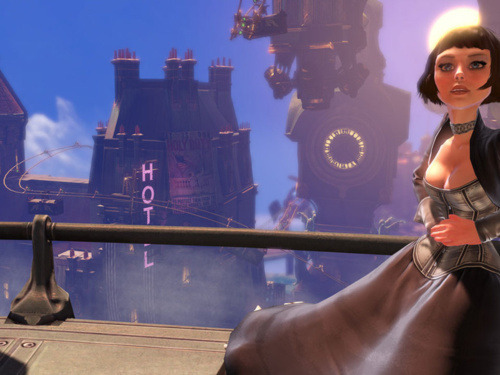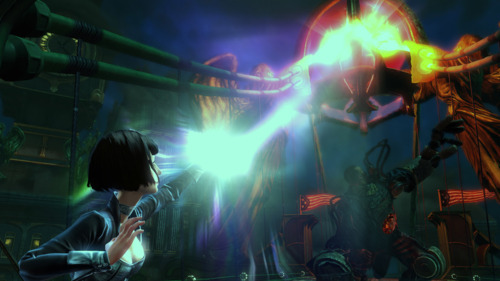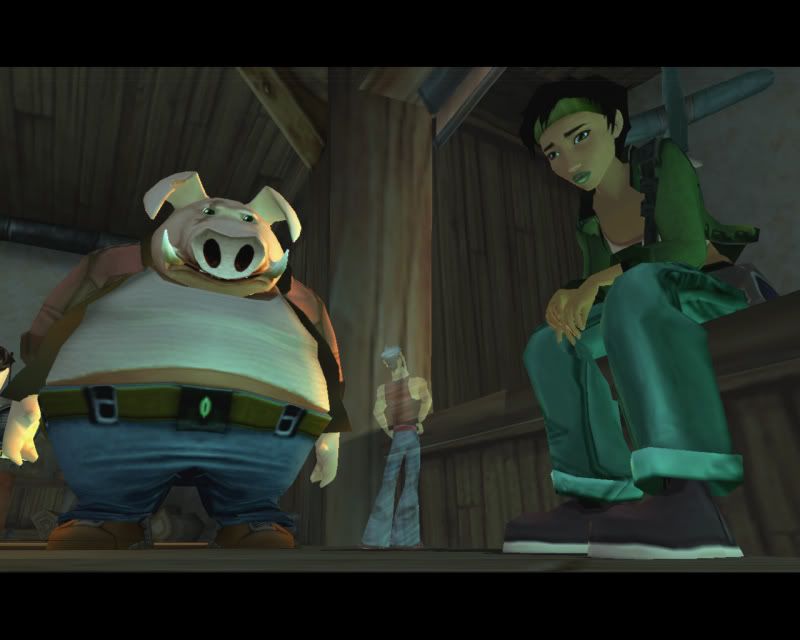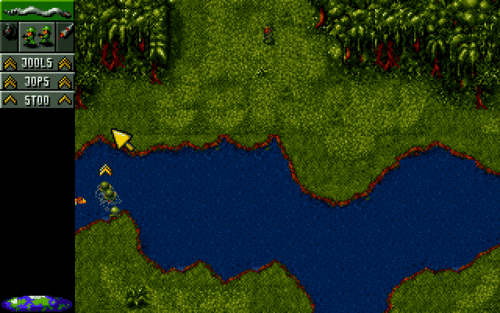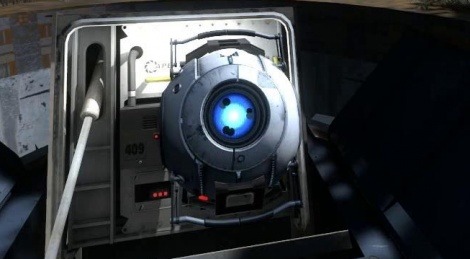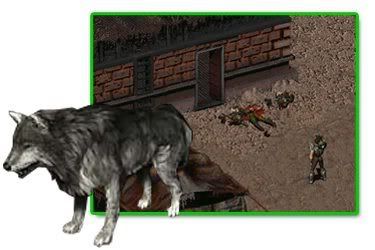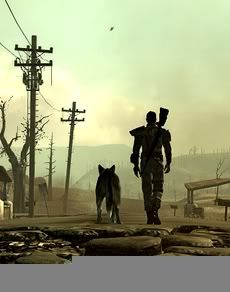Virtual Companions
By matski53 1 Comments
Virtual Companions
Some of my favourite NPC videogame companions and what made them so memorable.
@matski53 http://gamewhelk.com/
Watch the latest trailers and gameplay demonstrations for Irrational Games hugely anticipated Bioshock Infinite (handy link here). What really stands out, besides the incredibly realised floating city, are the interactions between player protagonist Booker DeWitt and the young woman whom he is tasked with rescuing, Elizabeth. Intrinsically entangled within gameplay, narrative and numerous other facets of the universe, she feels such an organic presence within this interactive world: Watch as she jokes around with a Lincoln mask, shrinks behind a table when the mysterious songbird behemoth casts its gaze upon you and begs for you never to let it take her. As well as the way she deftly spins into cover and screams advice when the deranged citizens inevitably sour towards Booker's presence.
It is genuinely difficult to tell what is simply scripted behaviour and what is procedurally generated depending upon situational factors. No cutscene is forced upon the player detailing the relationship forming between Booker and Elizabeth, she simply becomes a natural extension of the gameplay experience.
Yet Elizabeth is an NPC (Non playable character), an AI controlled presence, neither an antagonist nor protagonist, but a deuteragonist, a virtual companion throughout the journey. Many of the most interesting characters created in videogames have not been player avatars but these virtual companions.
So what factors can help AI companion characters work? Is it the way in which they affect gameplay or narrative? Is it in their presentation, the strength of their visual design? Or the personality fostered throughout an experience? What are the essential ingredients that seamlessly blend a virtual companion into a virtual world and prevent them from becoming a jarring or juxtaposed presence? And what are some of the great examples of the most memorable videogame companions ever? Here are a few of mine.
Perhaps the most comparable to Elizabeth's presence is that of Alyx Vance in the Half life universe, although she is less in need of rescue and more in the habit of assisting you. A landmark in AI controlled virtual companions, her animations, facial expressions, communication and movements were astoundingly realistic for 2004 videogame standards and much like Elizabeth all of this occurs in real time, no cutscenes required. Alyx is interwoven into gameplay through combat and puzzle designs, opening doors and hacking terminals, her presence is essential for progression.
As the player in the Half Life series, Gordon Freeman, is essentially silent avatar for the player, Alyx is employed by Valve as a narrative tool with which to guide them through the experience. She provides background details on unseen events and the world around you, through casual (albeit one way) conversations, as well as subtle hints and tips to aid your progression. Her disposition is optimistic and cheerful regardless of their dire situation, yet she appears to have a more fragile side, buried away in order to cope with the bleakness of the world, but surfacing when desperately harrowing events unfold. The developers described Alyx's programming as more of a 'personality code' than a traditional 'AI code' (1), a fact that shines through.
A major plot point in Half Life 2 Episode 1, in which Alyx is near fatally wounded by a hunter wouldn't have proved anywhere near as affecting had Alyx not been so believable, so likeably implemented and so full of personality for an AI controlled presence.
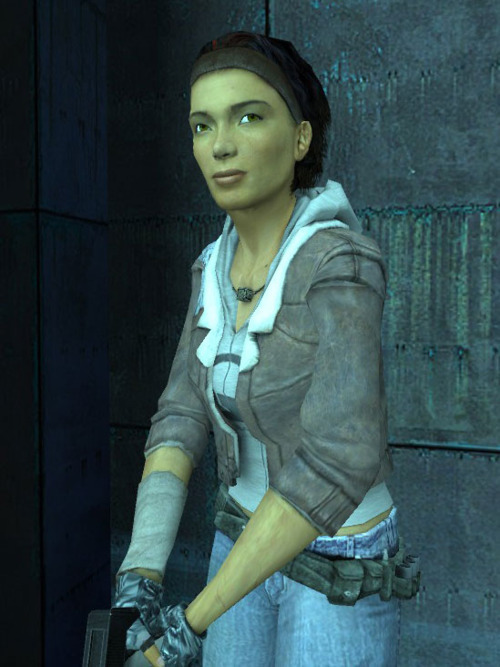
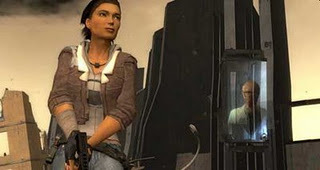
Resident evil 4's Ashley Graham is much more of a damsel in distress. As Leon Kennedy you are tasked with retrieving and protecting her from a mysterious Spanish civilisation of lunatics and madmen. Antithetical to Alyx Vance's combat abilities however Ashley is unable to fend for herself, requiring constant protection. Through this need she manages to augmenting gameplay with her presence, as you must not only be wary of your own surroundings but hers as well, as she will often fall prey to traps.
Conversely to this Chris Redfield's AI controlled partner, Sheva Alomar in the sequel, Resident Evil 5, was, like Alyx, a much more capable ally. operating with the same skillset as the player, perfectly capable of fending for herself with guns and CQC, also playing an integral part in progression through her numerous interactions with Chris: They are required to heal each other, jump of each other to cross gaps and fight back to back holding back the infected hordes. This reliance upon her should have helped to develop a connection between the two characters. Sadly this is ruined by some notoriously flimsy AI, which will see Sheva needlessly eat through ammo at wasteful rates and often get caught admiring a pretty planting pot instead of healing an injured Chris, much more a thorn in the side than the 'personality coded' Alyx.

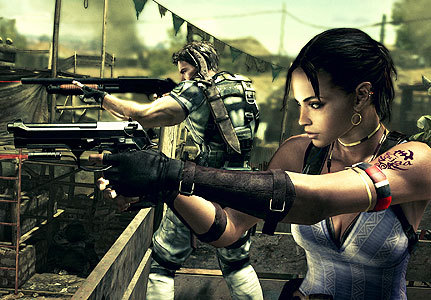
Farah in Prince of Persia: The Sands of Time shoots arrows to assist the player during fights with sand creatures, as well as solving puzzles that would be otherwise to complex for the prince to solely complete. Aside from her gameplay interactions she also serves as a love interest, this connection strengthened by the quality of dialogue between the Immature spoilt prince and the wiser but downtrodden Farah as they both come to learn some personal truths. Hardly an Oscar quality narrative, but a great leap from the usual videogame cliched character quips, it helped greatly in the believability of the relationship.
Elika, Farah's equivalent in 2008's Prince of Persia re imagining had a deeper role to play in gameplay. She served an interesting mechanic by which the player could never die. Jump from a building, slip from a rope and she will apear, right on the precipice of death she catches you. An interesting solution to death within action adventure games. This built a reliance upon her and through this a connection. If only the dialogue and personality between the pair were as believable and heartfelt as those between their Sands of time counterparts.
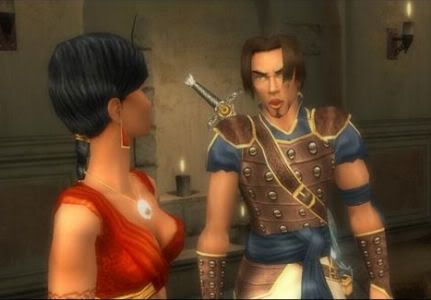
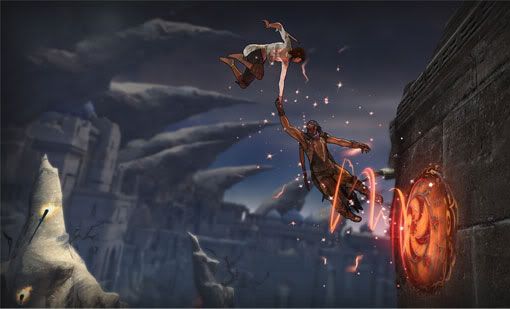
The Uncharted series has a number of virtual AI companions and aspires toward creating some of the most realistic virtual characters in gaming, in both graphical quality and animation. However most of the exposition between characters is relegated to cutscenes giving the game a more Hollywood, film like feel. Whilst this may be the intention of designers Naughty Dog, the ingame conversations and gameplay in which you are required you to carry an injured character or fight alongside someone draws you into these relationship far more than a non interactive cutscene. Would these moments (link) not have been for more captivating had they been interactive, after all videogames are an interactive medium, why not play to its strengths?
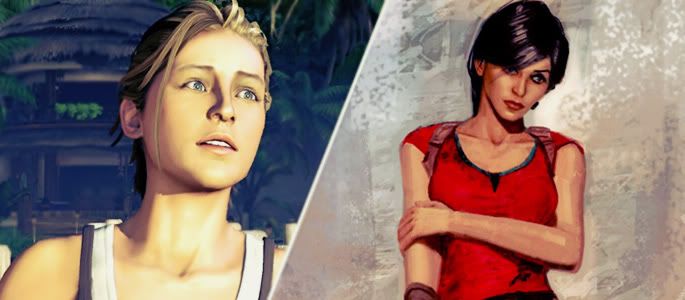
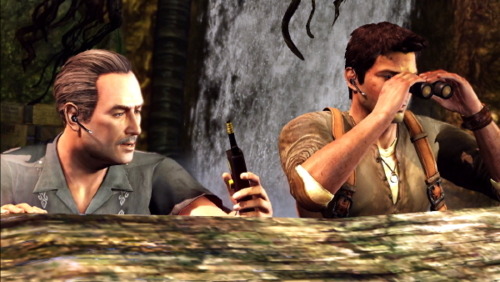
It would be easy to understate the importance of the hand holding mechanic between Yorda and the horned boy in Team Ico's wonderful 2001 title ICO. It could be viewed primarily as just that, a gameplay mechanic, yet it was one of the first times in a videogame that such a simple and universally understood human connection had been made: Holding someone's hand and guiding them to safety. An idea that Peter Molyneux would later introduce into the Fable series, it provided a very effective connection that spoke a thousand words about two otherwise silent characters.
Yorda is fragile, seemingly weak and frail with only you to help her escape from the strange shadow beings intent on holding her hostage. Her cell shaded floaty aesthetic quality isn't quite in sync with the visual design of the rest of the world, leaving you unsure as to whether she was even real, or simply the young boys dream, a creation of his own mind in dealing with the fact that he himself is being held captive and sacrificed.
What makes her such a wonderful virtual companion is that she successfully evokes a basic human instinct, the need to care for others, to help the vulnerable and the need to connect physically, even if it simply through the touching of hands. She remains one of the most interesting and yet mysterious of any virtual companion. Much more engrossing than many attempts toward realism, which all to often fall prey to the uncanny valley.
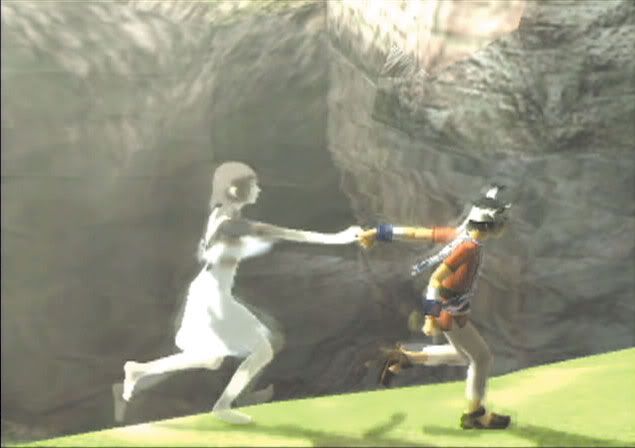
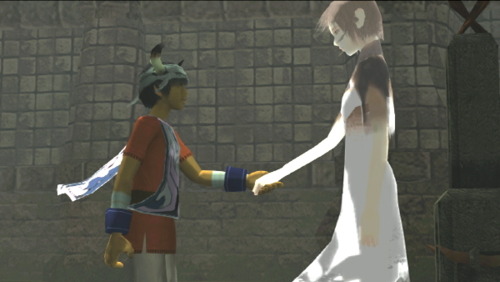
Jade from Michael Ancel's much under appreciated 2003 title Beyond Good and Evil is a rare example of a female protagonist with male companions - the anthropomorphic hog Uncle Pey'j and ex secret agent, Double H. Again examples of AI characters woven into puzzle and combat gameplay whilst playing major narrative roles as well, fostering a greater connection than a purely gameplay or purely narrative character would.
Sometimes games focus upon a group of NPC characters. Take for example Mass effect 2, the core narrative of which is centred around assembling a team and developing personal relationships with that group. Your level of interaction with these NPC's is made all the more significant through the knowledge that the strength of your bonds could be the determining factor in whether a character lives or dies.
Experiences such as Left 4 Dead, Brothers in Arms or Gears of War create gameplay scenarios that require the player to depend upon AI companions for their own survival, they cannot be easily survived without NPC assistance. Gears of War's revive system demonstrates this gameplay dependence upon AI team mates. So whilst Cole and Baird may be slightly braindead muscle monkeys, you still must depend upon them to revive you when injured: Much like the mechanic in Resident Evil 5 of Sheva and Chris healing each other but without the fumbled AI.
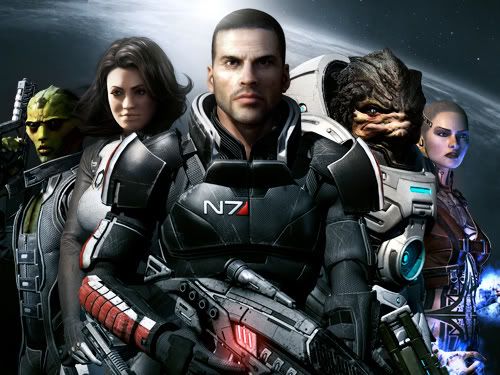
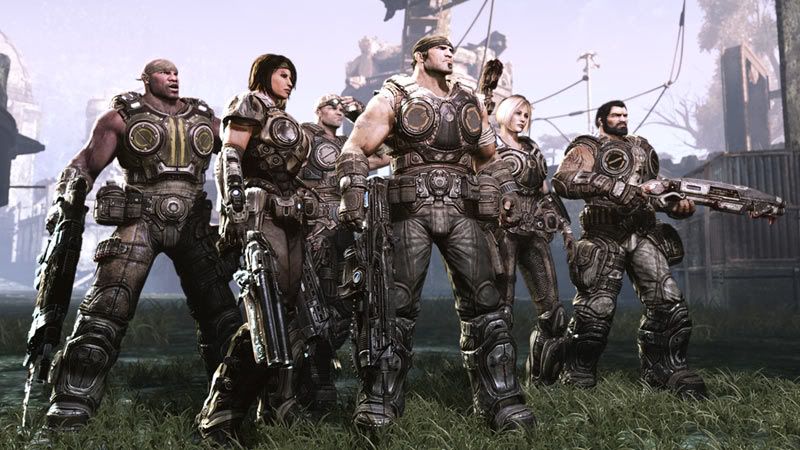
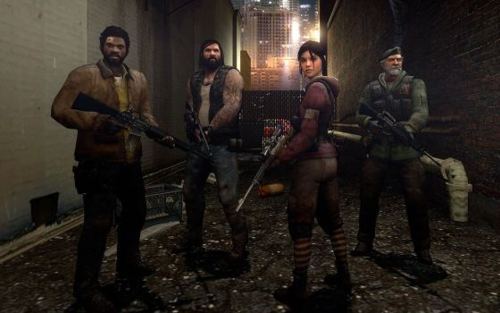
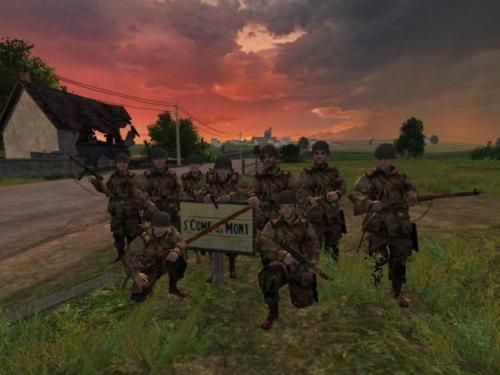
Bungie went to great efforts characterising each member of Halo Reach's Noble team. Yet it is hard to form any sort of attachment to these characters when they serve as little more than window dressing to the cutscenes. They lack any real effect on gameplay and it is rare that you will actually see any of them make a kill. Were you as touched by the death of a noble team member than you were by the death of a Mass Effect 2 teamate?
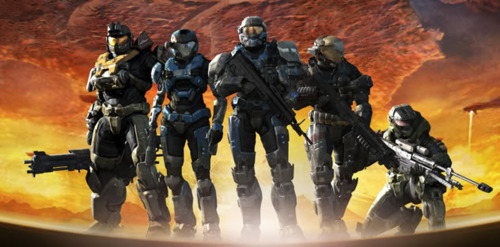
Cannon fodder, with its simplistic graphics and sound gave endearingly quirky characterisations to your companions simply through some wittily imaginative naming: Remember Jools, Jops, Windy, Softy, Browny, Norm, Jeeves, Goofy, Donald and Pervy?
Some ensemble casts grant the player a level of control over teamates actions: In Final Fantasy 12 the player has some element of control over their companions actions during gameplay through the gambit system. A system that dictates specific programmable behaviours to occur when certain criteria are met. For example when a players health dips below a certain level a group member can be assigned to automatically heal that player. Whilst it is you the player that has an element of control over these interactions, this is again an example of a team based scenario in which a reliance upon team mates is required and enforced throughout gameplay, playing to the strengths of the medium.
Assassins Creed: Brotherhood's introduction of the Assassins guild provides companions that you never meet face to face. Yet if you should desire you have the ability to train them and build their skills. This integrates with gameplay as with one subtle raising of a fist Ezio can summon these apprentices from thin air to aid in combat. They may be controlled by an AI, but the level of skill and success they have is dictated by how you the player have invested in them.
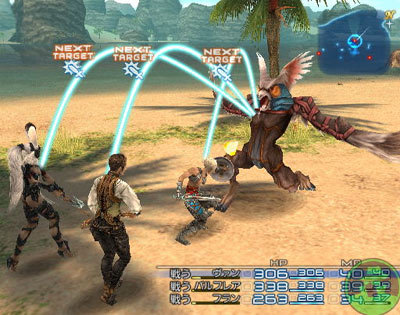
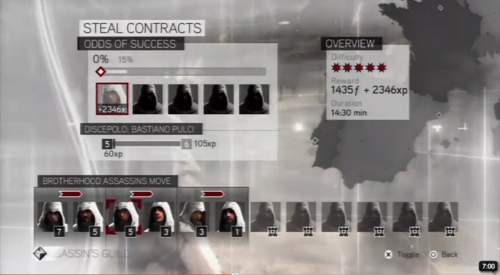
some videogame counterparts are more physically linked to their protagonist. Midna from Twilight princess for example rides atop Wolf Link and Issun clutches to Okami Amaterasu's fur.
Both Navi and Midna from the Legend of Zelda series serve practically the same gameplay purpose as companions. Both help Link navigate environments, target enemies and provide guidance for the player. Again another example of the developer communicating with the player throughout the experience using a virtual companion as guiding voice. Yet Midna is a much more engaging character. But why?
Navi suffered from very limited dialogue, leading to loops of repeated and increasingly annoying "Hey, Listen!" shouts. Midna as a character proved much more difficult to decipher, coy in her true motives and much more of an enigma. This helped develop intruige and hence a much more interesting companion character. Midna also has a much more intriguing visual design as well, suggestive of a more complex backstory and personality than a light bulb with insect wings. Midna progressively becomes involved within the story and how events unfolded, whereas Navi was simply a presence created to serve a gameplay purpose.
Issun, the ant sized travelling artist who hitches a ride upon Ameterasu Okami's back throughout her journeys. Like the presence of Alyx Vance both Midna and Issun provide a narrating voice to otherwise silent protagonists throughout each experience and a guide for the player, channelling the voice of the developer.
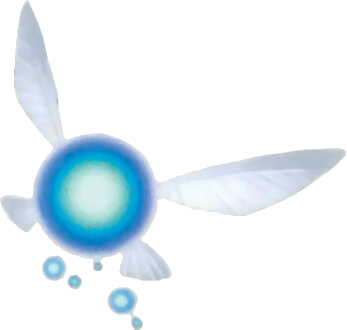
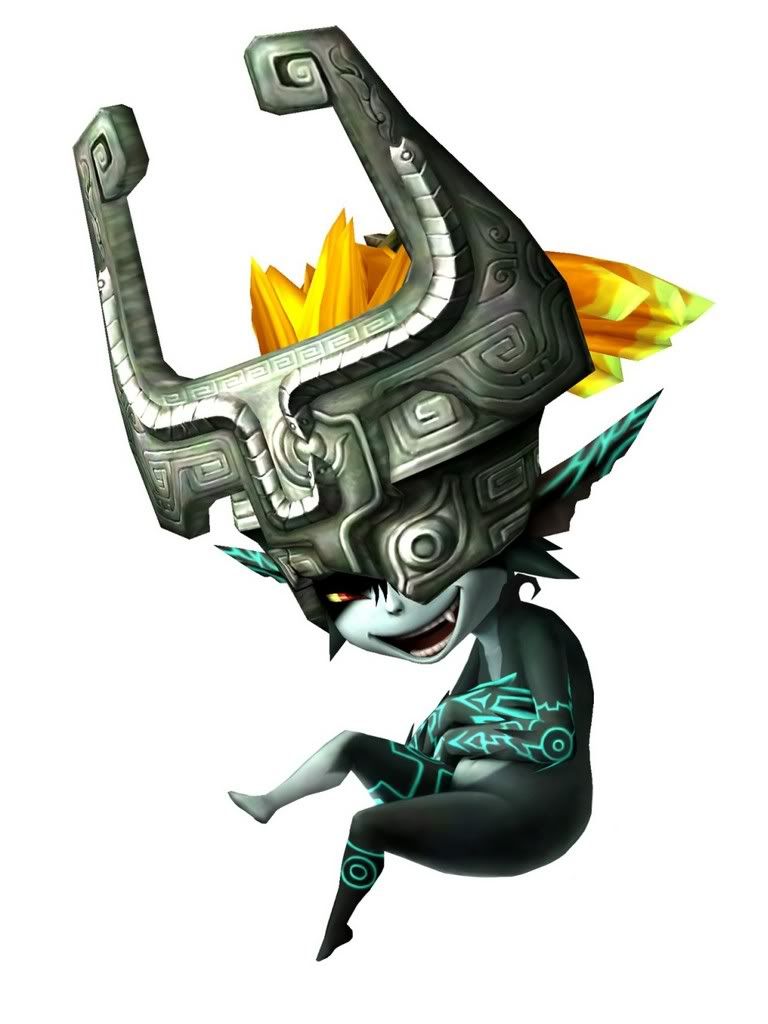
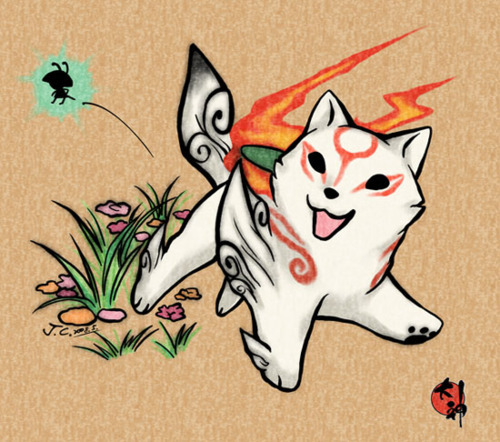
Wheatly, a personality core companion throughout Portal 2 served a very much narrative focused position, only interacting in basic gameplay elements. But what if his presence had been incorporated with the gameplay portions of the experience?What if he had provided hints after a certain number of failures in the puzzle rooms ? Could that have made his character all the more engaging, above his already superbly written dialogue?
The presence of animal companions in videogames may not be quite as extensive as their human counterparts. Yet in many ways it seems possibly easier to make a furry friend more believable than a human one within a virtual world: As a species we have a keen eye for spotting the most minutely detailed oddities and peculiarities in facial movements or general behaviours of our own, hence the uncanny valley that many human AI characters fall into. A perceptiveness that we don't quite have for other species.
Observe the trailer for team ICO's next title- The Last Guardian. The fluidity and elegance with which the bird/dog/cat/platypus creature moves is remarkably realistic. Partly because this is an imaginary creature and we therefore have no pre conceived notions as to how the creature should move, allowing it to seem all the more belivable.
The indicated quality of The Last Guardian creature is no surprise when you consider team ICO's past work with Agro, the Wanderers companion horse from Shadow of the colossus. A graceful beast, initially the player would have been inclined to control him much like they would other videogame horses; rigidly commanding and steering Epona. What becomes apparent over time is that you do not directly control Agro, instead you simply call him and control the reigns. Agro has an AI programmed independently of the player, as you sprint along a cliffs edge she will guide you to safety, she will run away when confronted with a collossus beast, and yet always return upon your call to help you. never has an animal been animated so realistically, albeit with low resolution textures, but beautiful fluidity of animation.
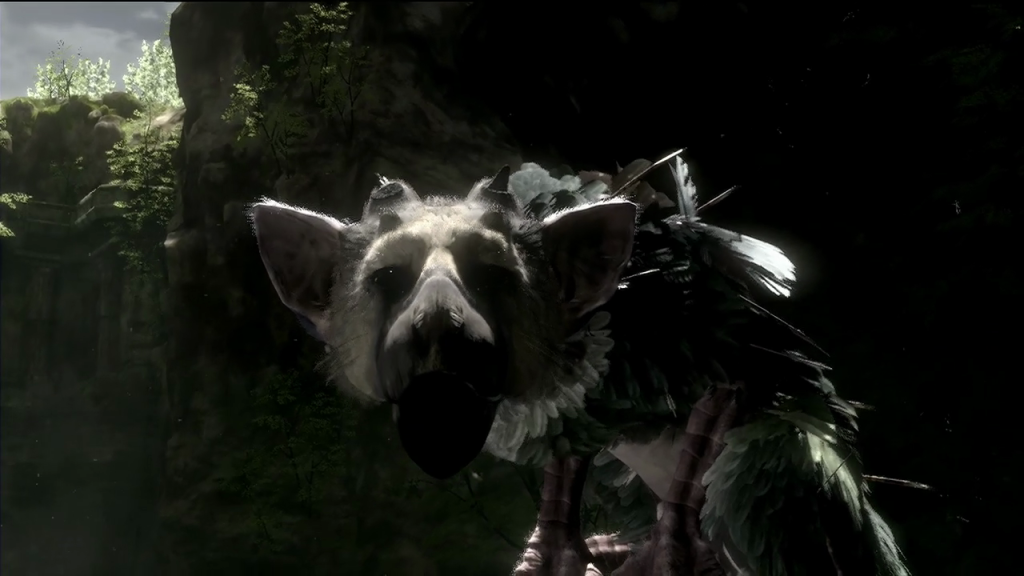
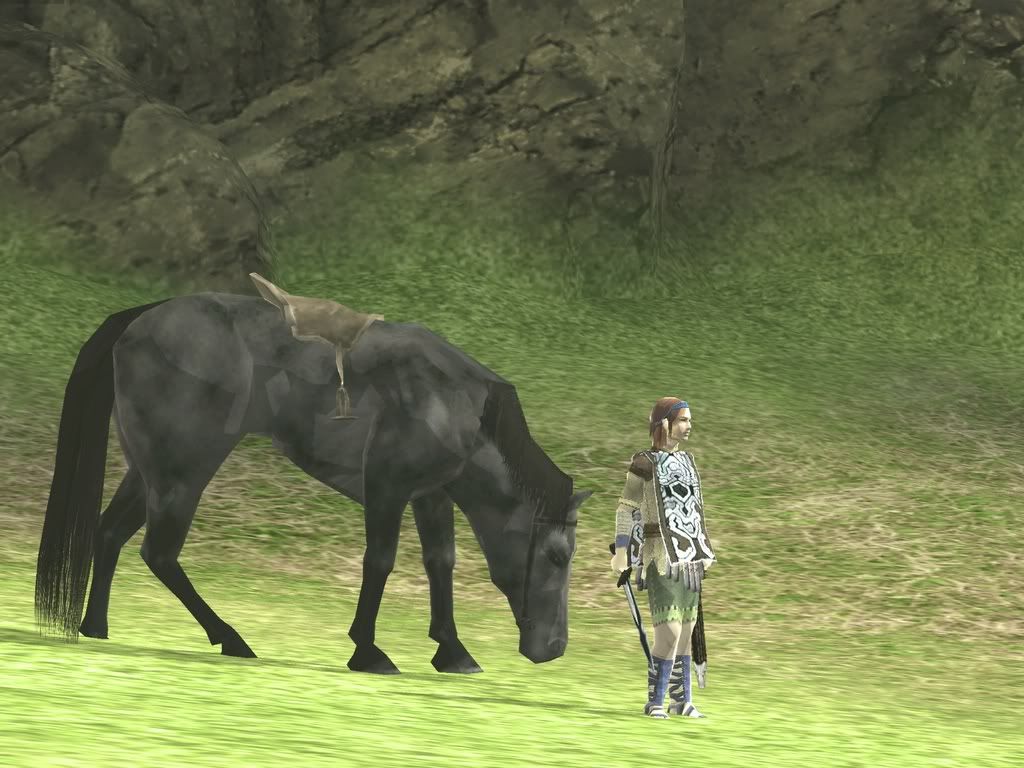
Contrary to these creations the dog in the Fable series behaves less like a natural dog and more like a metal detector with furry clothes, spending most of its time rooting out buried treasure. It feels less natural and more like it serves a gameplay mechanic, finding treasure. Likewise the Horse in Red Dead redemption was merely a good statistic, the only developed attachment to which could be its speed, stamina and strength. Could the inclusion of your own personal horse that you had to care for and moulded have been a positive one within Red Dead Redemption?
Dog from the Half Life series could possibly be the most peculiar animal companion of any. A mechanical bipedal creature with the loyal obedient personality of a pet dog. Yet in the same vein as the creature from the last guardian the fact that he has no real world counterpart lends his movements a believability seeming as wonderfully expressive as his owner Alyx Vance.
The creature pet in black and white was an interesting if slightly failed experiment. Troubled by problematic AI much like Sheva these creatures became a little hard to control and were consequently detrimental to progression resulting in more of an annoyance than an engaging presence.
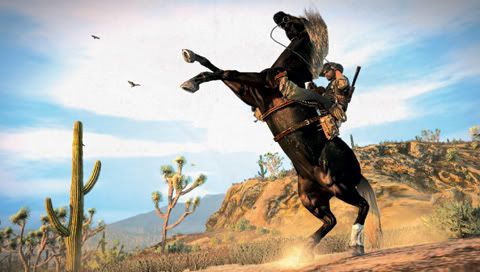
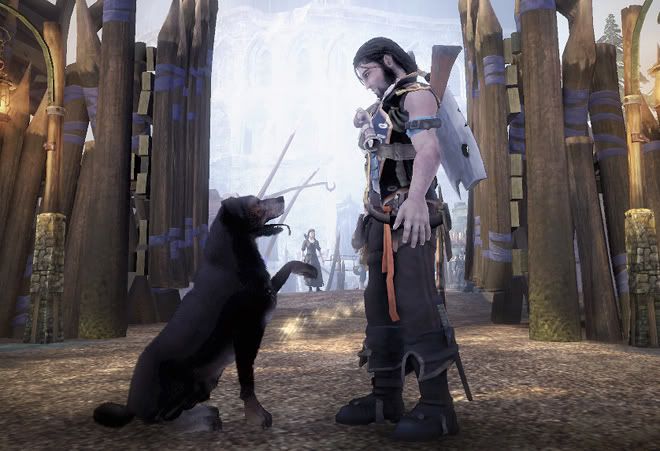
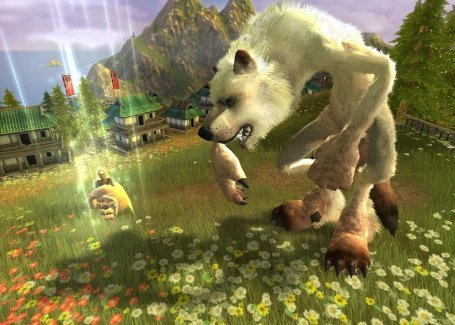
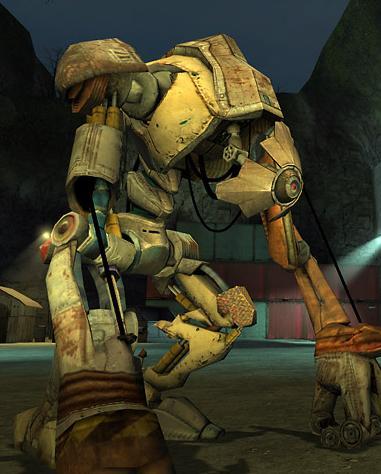
Dogmeat in the Fallout series serves a similar purpose to that of the dog in the fable series. Taking part in combat and exploration, yet feeling slightly more mechanical than the wonderfully animated Agro or even the robotic Half Life 2 Dog.
Perhaps it is not an animal, nor even a human or group of companion characters that have fostered the greatest attachment of any videogame companions from players. But an object, a silent being, unassuming in its nature, unconditional in its love for you. Even when you betray this compassion and burn it alive.
Heartbreaking, you monster.
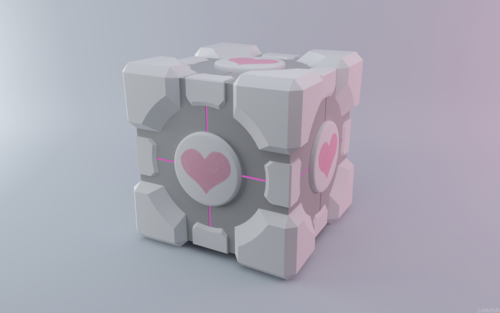
So what is it that makes some of these characters so special, so believable and so intrinsically linked to the memory of a game?
Some augment existing, or are integrated as a vital component of gameplay. Whether a hindrance - Ashley, Yorda and Sheva and the Black and White creature AI - a help, Elika, Alyx, The Assassins guild, Midna or Agro - or even both as Elizabeth looks to be in Bioshock Infinite. These relationships may be artificial, manufactured through the very code that dictates character movement and behaviour, no matter how realistic it seems. But they can add depth, challenge, assistance and immersion to many gaming experiences. ICO would have been a simple puzzle platformer without Yorda. Where would Gordan Freeman be without Alyx Vance's remarkably realistic guidance and Dog to save the day every now and then, Marcus without Delta squad, Link without Midna and Navi, Okami without Issun? They remain guiding presences, a way for the developer to communicate with the player throughout an experience and maybe shout "HEY, LISTEN" an irritating number of times.
Most of all they have the ability to make an experience within a videogame world all the more engrossing through their presence. It certainly looks like Bioshock Infinite will be a richer experience thanks to Elizabeth and The Last Guardian looks to foster a companionship between the boy and his pet thingymajig rivalling that of Wanderer and Agro. And I think everyone would agree we would all be a little worse of without the unconditional love of a companion cube every now and then.
What are some of your virtual companions? Sound off in the comments!
References:

